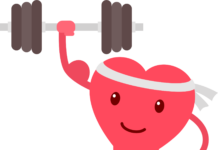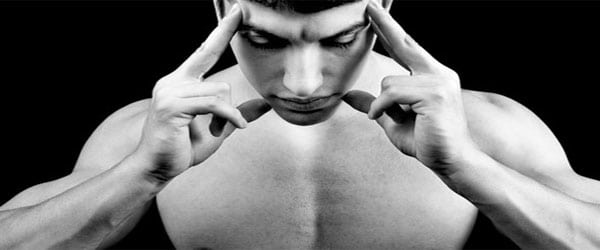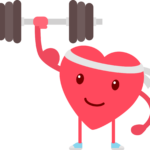History
Health Benefits
In todays society there has been an alarming increase in health issues and diseases more than ever. Many physical problems are at least partially due to, or aggravated by mental or emotional stress, so the importance of the inner tranquility which can be developed through Qi Gong cannot be overestimated. The practice of Qigong helps manage the stress, anger, depression, thoughts, and general confusion that prey on your mind when your Chi is not regulated and balanced. Strengthening and balancing the energy of your mind enhances your ability to detect subtle nuances and to perceive the world and its patterns at ever-increasing levels of complexity. People who do not practice some form of energy development many never acquire these abilities.
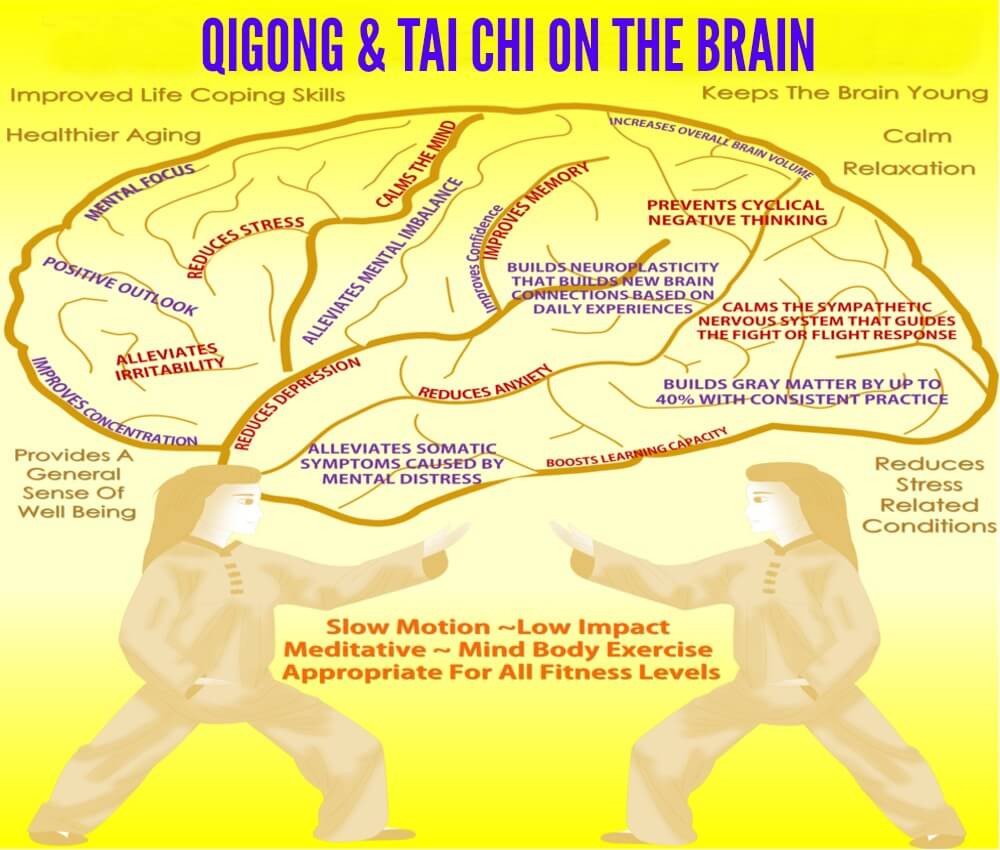
Self-Healing Through Practice
If you want to learn Qigong, the best form to practice is whatever is offered by a teacher in your local area. There is no replacement for the hands-on corrections and guidance a teacher can offer you in person. Most Qigong instructors use their energy to enhance your workout and correct your Qi as you learn, so you benefit in many ways from finding a teacher and studying under him/her. Today, Qigong practitioners use this healing art both as a method of personal training and as a treatment modality to help others. The second form of Qigong is often called “Medical” Qigong, practitioners use their ability to feel and manipulate energy to correct the imbalances within the body. These changes precipitate changes in the physical body itself. Qigong might be of particular benefit to people suffering from chronic illnesses such as asthma, diabetes or hypertension.

Clearing Blockage in your Body
Many people involved with spiritual disciplines focus their attention on enlightenment, and in the process injure their bodies and agitate their minds. They attempt to train in the higher spiritual disciplines without first clearing the energy blocks in their physical and emotional bodies. This way of proceeding can cause the equivalent of a short circuit in their systems, as spiritual practices may generate more power than their bodies or minds can handle.
Many monks from different Buddhist sects in China have had to seek out Taoist masters to repair the damage to their systems caused by overly forceful meditation techniques. That is why Qigong is only a preparatory practice for Taoist meditation. Qigong can help calm an agitated mind and your negative emotions, strengthen the nerves, clear energy blocks and make you healthy.
However, Qigong alone is normally insufficient to resolve and clear serious and traumatic emotional and spiritual blockages within the deeper layers of your consciousness. This more encompassing skill primarily belongs in the realm of Taoist meditation.
According to the Steel Health Centre’s online article on B.O.S., the body is surrounded by an electromagnetic energy field that is generated in a similar way to the induction field created when electricity passes through a wire. This field, called the “aura” in some systems and qi in others, has an organizing influence on living tissue. Disruptions in the field cause disruptions to the body’s functioning. (Reference 4)
Who Can Practice Qigong
If you have high blood pressure, some studies have shown that both Qigong and Tai Chi can help lower your blood pressure. Other research points to a drop in cholesterol levels as well. That helps lower your chances of heart disease. It may even increase your fitness level.
Relationship with Tai Chi and Qigong
Tai Chi and Qigong are ancient practices that have led to improved health, fitness, well-being and longevity for countless individuals up to the present time. They both cultivate the Qi, also spelt Chi which is the life force energy that flows through the body’s energy pathways. Tai Chi and Qigong have in common the same basic property (Qi), the same fundamental principle (relaxation), and the same fundamental method (slowness). Tai Chi’s other principles, methods and applications are distinct to Qigong regarding how the form is practiced, how the energy is manipulated and how the body posture is conditioned. Qi Gong is much older than Tai Chi and it has been around for more than 5000 years. Tai Chi also originated in China and has been around for more than 2000 years. Although Tai Chi comes from the root of Qi Gong there are some differences with both practices.
1. Tai Chi power is ‘dense’ whereas Qigong power is ‘light’. Because Tai Chi at a high level is intricate, the Qi that manifests in each form has subtle characteristics that change with each form throughout the set, each form being an integral part of the whole. Qigong forms are less intricate and so the Qi expressed is more general, its characteristics less defined.
2. Tai Chi at a higher level strongly accumulates Qi throughout the tendons, ligaments and meridians — as the Qi flows in a continuous stream it builds to a tremendous level — whereas in Qigong the effect is considerably less powerful.
3. The art of Tai Chi involves an advanced and elaborate choreography, unlike the art of Qigong.
4. The discipline of Qigong is focused on cultivating the Qi, there being no need to study the forms. Tai Chi practice is instead centred on the forms involving alignment, integration, coordination, connection, precision and unity — the Qi manifests itself as a result of the form.
5. The art of Qigong — particularly meditation Qigong — can be a profound meditation going exceedingly deep into the realm of consciousness. The art of Tai Chi is a moving meditation that is less intense.
6. Another type of meditation with Qigong can lead to advanced spiritual development, whereas at a high level of Tai Chi one can feel the flow of Qi, energy and power but not as profound in spiritual awareness as Qigong.
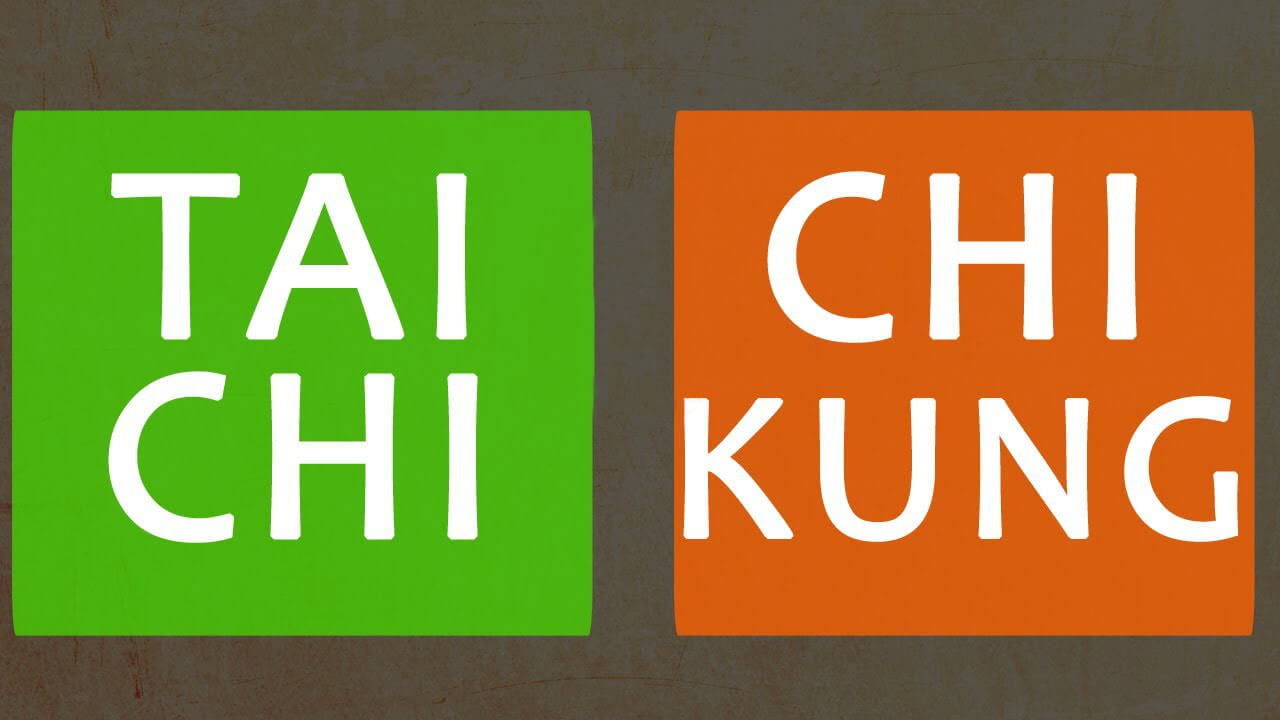
Qigong An Excellent Exercise for Your Health
When our body is deficient then qi cannot circulate well through the body (energy pathways which are the meridians of the body). The inner organs depend on the flow of sufficient qi to do their jobs properly. Stagnant qi can result in pain and many other symptoms. Specific Qigong postures and movements help us release blockages in our systems. While many forms of exercise are not possible for people some chronic illnesses, Qigong is slow, gentle and integrative. Even just a few minutes of practice can trigger the relaxation response and lower stress levels. Qigong is very helpful as it helps strengthen the kidneys/adrenals which is very important for reducing stress and strengthening the immune system.
Qigong embodies the Taoist philosophy: “I am in the Universe. The Universe is in me.” Since illness can be isolating, Qigong helps to relax any sense of separation by connecting us to the universal life force energy. When our bodies are chronically uncomfortable we tend to disconnect from them. Qigong helps us to connect our breath, feelings and body sensations. The more embodied and grounded we are, the more we can receive qi from the earth, and the more open and relaxed we are, the more we can receive the cosmic qi all around us.





